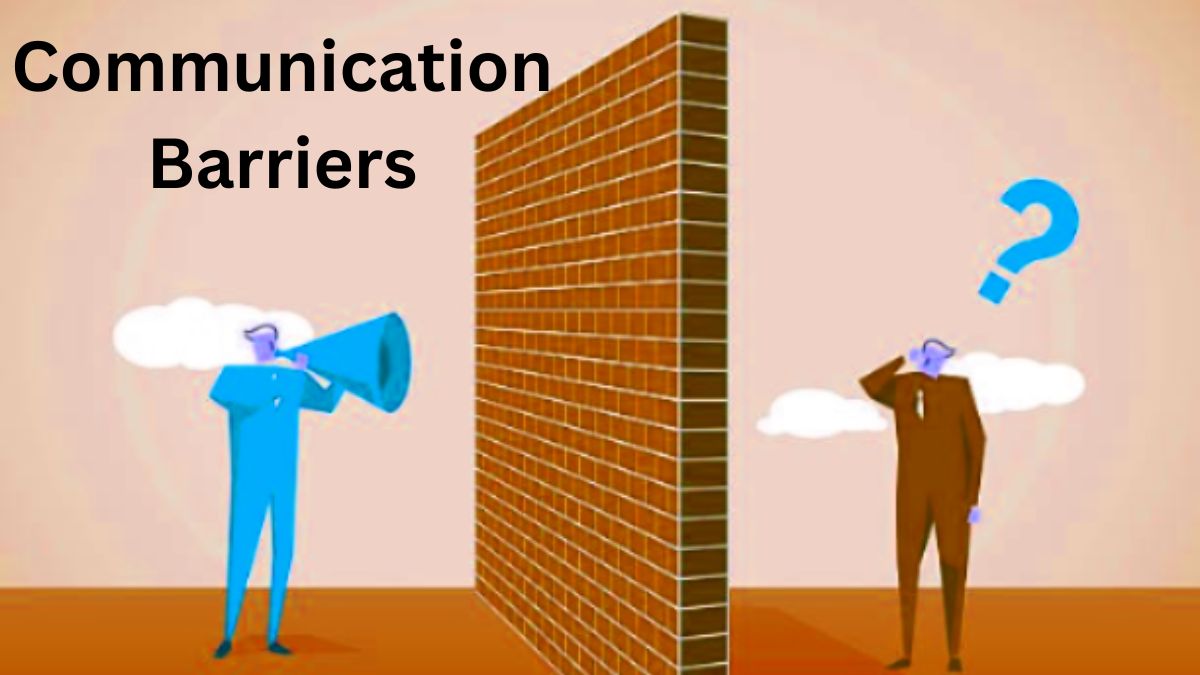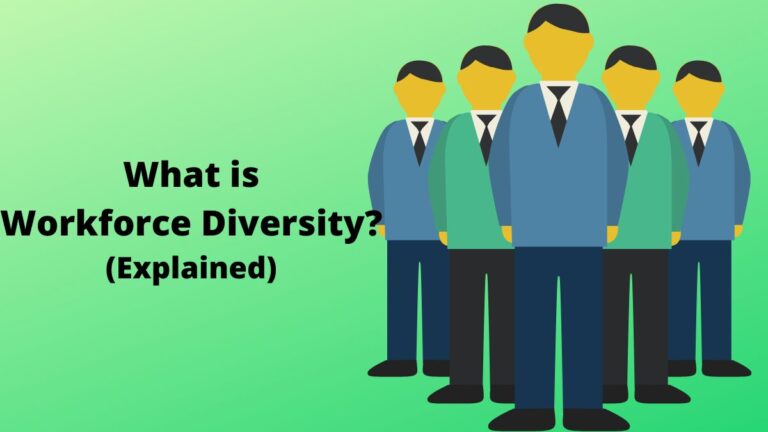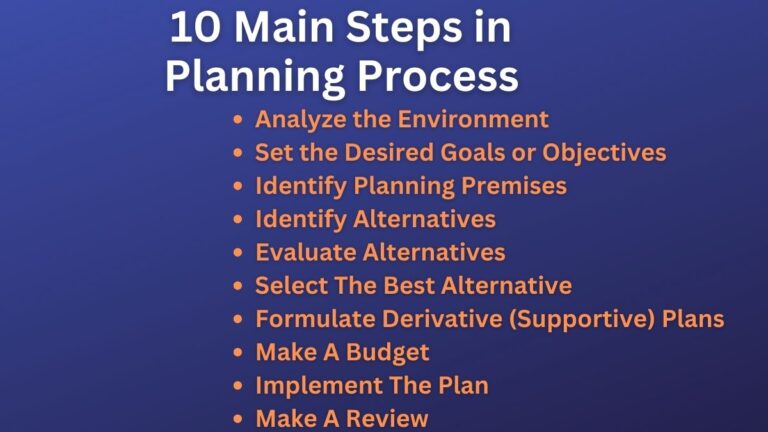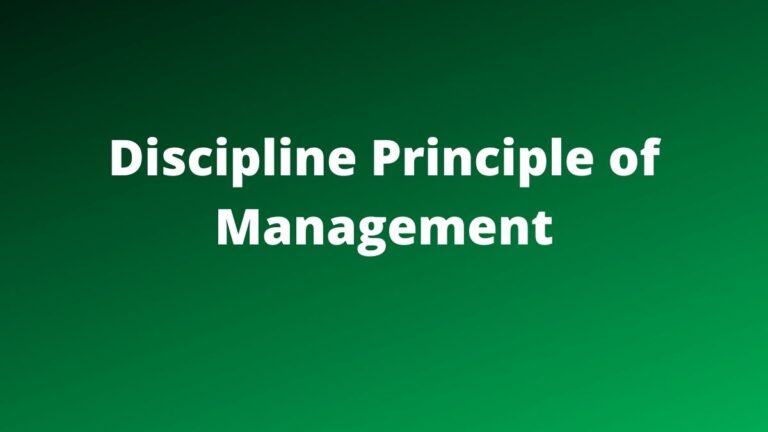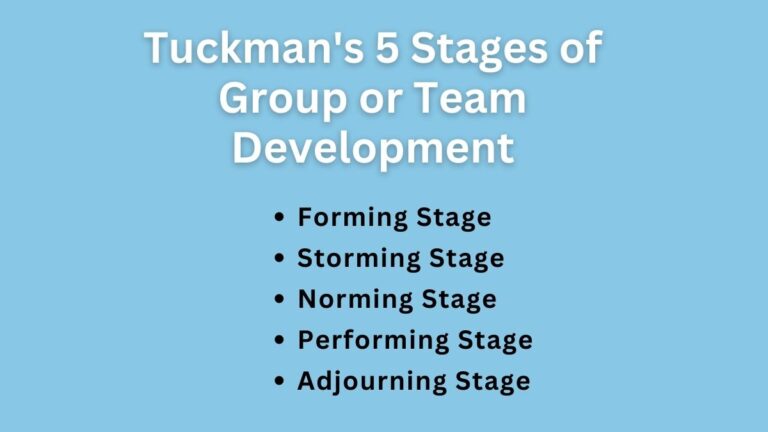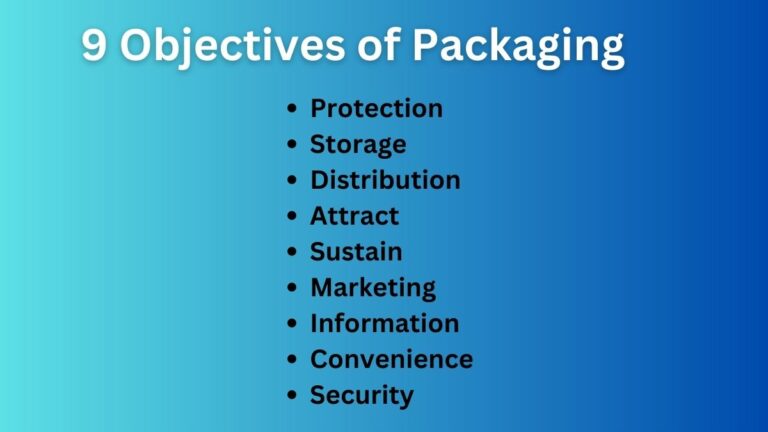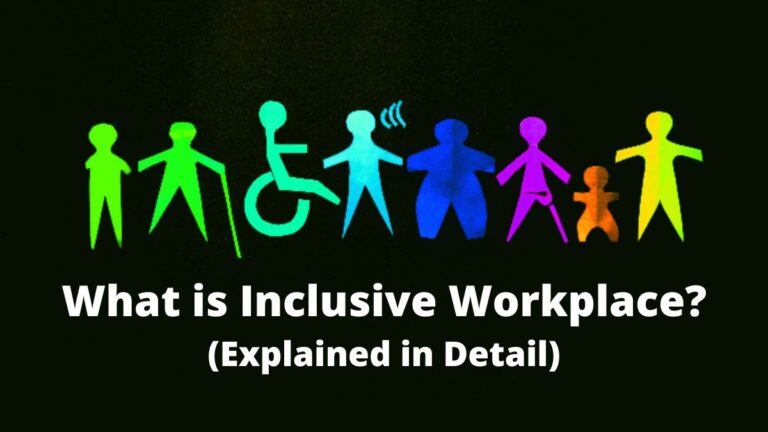What are Communication Barriers & How To Overcome Them?
What is Communication Barrier?
A communication barrier is any obstacle or factor that prevents the exchange of information, opinions, or ideas between communicating parties. Process barriers, physical barriers, semantic barriers, technological barriers, etc. are some barriers to communication.
Communication can be effective when the receiver understands the message sent by the sender with the actual meaning. Effective communication is necessary for the workplace for the smooth flow of information and improved performance. But that is not always the case, during the communication process different problems may arise.
The problem may be because of organizational factors, the sender’s side as well as from the receiver’s side. Such problems create difficulty in the transmission of information.
Types of Barriers to Communication
The following six are the main barriers to communication in the workplace as well as in normal life.
Process Barriers
Process barriers occur when the transmission of information is disturbed in the different stages of the communication process. As the communication process has seven steps i.e. sender, message, encoding, channel, receiver, decoding, and feedback.
Obstacles arise in its steps causing process barriers. For example, when the sender designs the message by using excessive symbols and characters in the encoding process, it creates difficulty for the receiver to decode.
Process barriers may occur because of the excessive use of symbols, mistrust between the sender & receiver, lack of user feedback, and lack of openness and frankness.
Organizational Barriers
Sometimes the organization itself creates problems in the flow of information. If the flow of information in an organization is disturbed by the system and structure of the organization itself such barrier is known as an organizational barrier.
The organizational system, beliefs, organizational policies, lengthy scalar chain, inappropriate organizational structure, lack of clear roles and responsibilities, lack of supervision, etc. are some of the causes of organizational barriers.
Physical Barriers
Physical barriers occur because of the physical distance between the sender and receiver. Usually, communication is effective when the communicating parties have a shorter distance.
Although different communication technologies have been developed to reduce physical barriers they all have their advantages and disadvantages. In the workplace reasons like distance, office design, time, noise, hierarchal structure, etc. influence the physical barriers.
Psychological Barriers
People’s state of mind has a significant impact on their communication. You can not communicate with a person who is emotionally and mentally unstable. A mentally unsound person would not be an effective sender as well as the receiver.
Emotions such as anger, love, hate, jealousy, etc. all influence the psychological barrier of communication. When you hate the sender you usually ignore his messages. Whereas, when you love the sender the condition will be totally different.
There are numerous reasons that cause psychological barriers such as lack of interest, differences in perception, lack of trust, resistance to communicate, superiority complex, premature evaluation, etc.
Semantic Barriers
As a sender when you encode i.e. design the message using different words, symbols, characters, or any elements to message looks cool and understandable to the receiver. But, however, if the receiver is not able to interpret and understand the message semantic barriers occur.
Semantic barriers occur when the receiver, as well as, the sender misinterpret the same message. This can happen because of using harsh language, multi-meaning words, misleading translation, use of too long and complex sentences, use of too many jargoons & technical words, denotation, connotation barriers, etc.
Technological Barriers
Technological barriers, as the name suggests, are the barriers that occur because of the failure or defect of the technology used to communicate. Different technology and mechanical devices are used to communicate in professional as well as personal life.
And, when communication gets disturbed because of a breakdown in such technologies such barriers are called technological barriers. Information overload, malfunctioning of a technological system, timing differences, inappropriate use of communication technologies, etc. influence the technological barriers.
How To Overcome Communication Barriers?
The objective of communication is to maintain a smooth flow of information or any ideas between the communicating parties. As it is obvious different obstacles are common in communication, similarly, strategies can also be applied to overcome them.
- Share the purpose of communication.
- Design the message based on the receiver’s skills, knowledge, and ability to decode.
- Communicate according to the needs of the receiver.
- Use simple and familiar words.
- Do not use multi-meaning words.
- Follow up on the receiver’s feedback.
- Ensure the effective organizational structure, etc.
Read Next: What is Organizational Structure?
Sajan Kushmi is a content writer with more than 4 years of experience. He holds BIM Degree. He write on the topics related to Management, Marketing, and Entrepreneurship.
